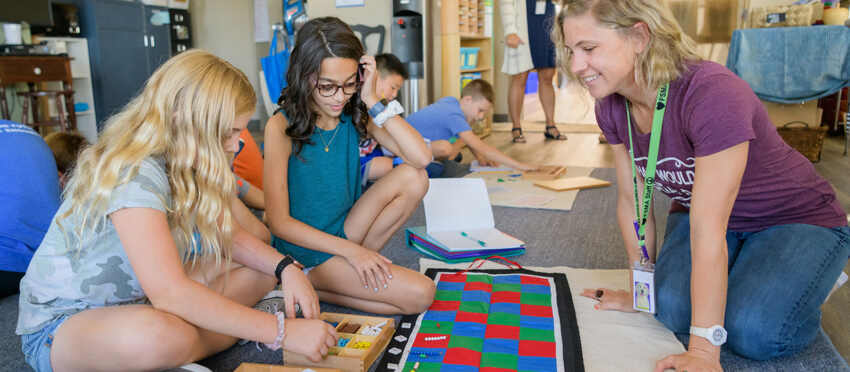From Traditional Education to Montessori: The Transformation of a Teacher
In the evolving landscape of education, teachers play a pivotal role in shaping the learning experience for their students. As educational philosophies diversify, many teachers find themselves undergoing transformations in their approach to teaching. This article explores the journey of a teacher who transitioned from a traditional education setting to the Montessori method, highlighting the impact on her teaching style, student engagement, and overall classroom dynamics.
Traditional Education: A Conventional Approach
In traditional education, the teacher assumes the role of an authoritative figure imparting knowledge to students. The classroom is often structured and curriculum-driven, focusing on standardized testing and academic achievements. The teacher directs activities and maintains control over the learning process, leaving minimal room for student exploration or individualized learning.
Challenges Faced
While the traditional approach may have its merits, some teachers may feel restricted by its limitations. One such teacher was Sarah, who had been teaching in a conventional education environment for several years. She gradually became disillusioned by the lack of student engagement, the rigidity of the curriculum, and the inability to cater to each student’s unique learning style. Feeling a need for change, Sarah decided to explore alternative educational methodologies.
The Montessori Approach: A Paradigm Shift
As Sarah delved into different educational theories, she stumbled upon the Montessori method. Developed by Italian physician and educator Maria Montessori, this approach views students as active participants in their own education, emphasizing independence, exploration, and hands-on learning. The Montessori classroom environment is carefully designed to foster a sense of autonomy, enabling students to learn at their own pace and follow their interests.
The Learning Environment: An Inviting Space
One of the most significant changes Sarah observed after adopting the Montessori method was the transformation of her classroom space. Instead of a rigid arrangement of desks facing the teacher, she created inviting learning centers with age-appropriate materials and activities. These centers encouraged independent exploration and collaboration, promoting social interaction and problem-solving skills among students.
Teacher as a Facilitator, Not a Dictator
In embracing the Montessori philosophy, Sarah realized that her role as a teacher had shifted dramatically. Instead of being the sole provider of knowledge, she became a facilitator, guiding and supporting her students’ learning journeys. She observed that by allowing students to take ownership of their education, their motivation and enthusiasm for learning skyrocketed.
Personalized Learning: Nurturing Individual Talents
A core principle of the Montessori method is recognizing the diverse learning needs of each student. Sarah witnessed firsthand how this emphasis on personalized learning changed her approach to teaching. She began tailoring activities and lessons to suit the unique strengths and interests of each student, creating an inclusive learning environment where individual talents were celebrated.
The Transformational Journey
The transition from traditional education to Montessori proved to be a transformative journey for Sarah and her teaching methods. By embracing the Montessori principles, lessons became more engaging, students took charge of their own learning, and the classroom dynamics flourished. As education continues to evolve, teachers like Sarah serve as pioneers, adapting their pedagogy to inspire and nurture the next generation of learners.
Nidhin
For More Details Call: +917510220582

